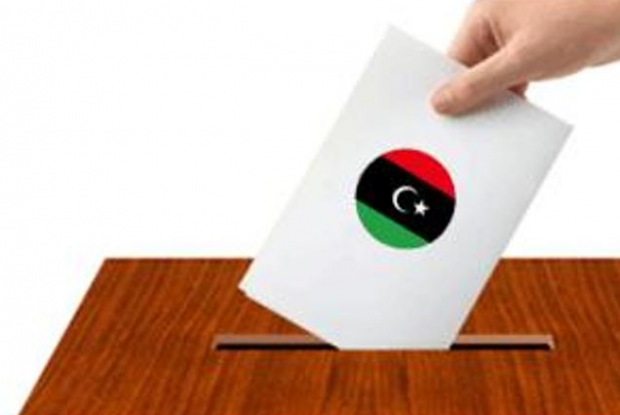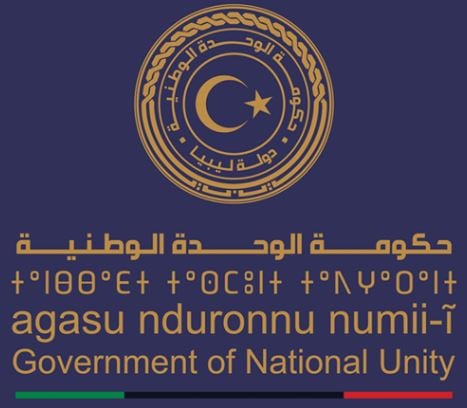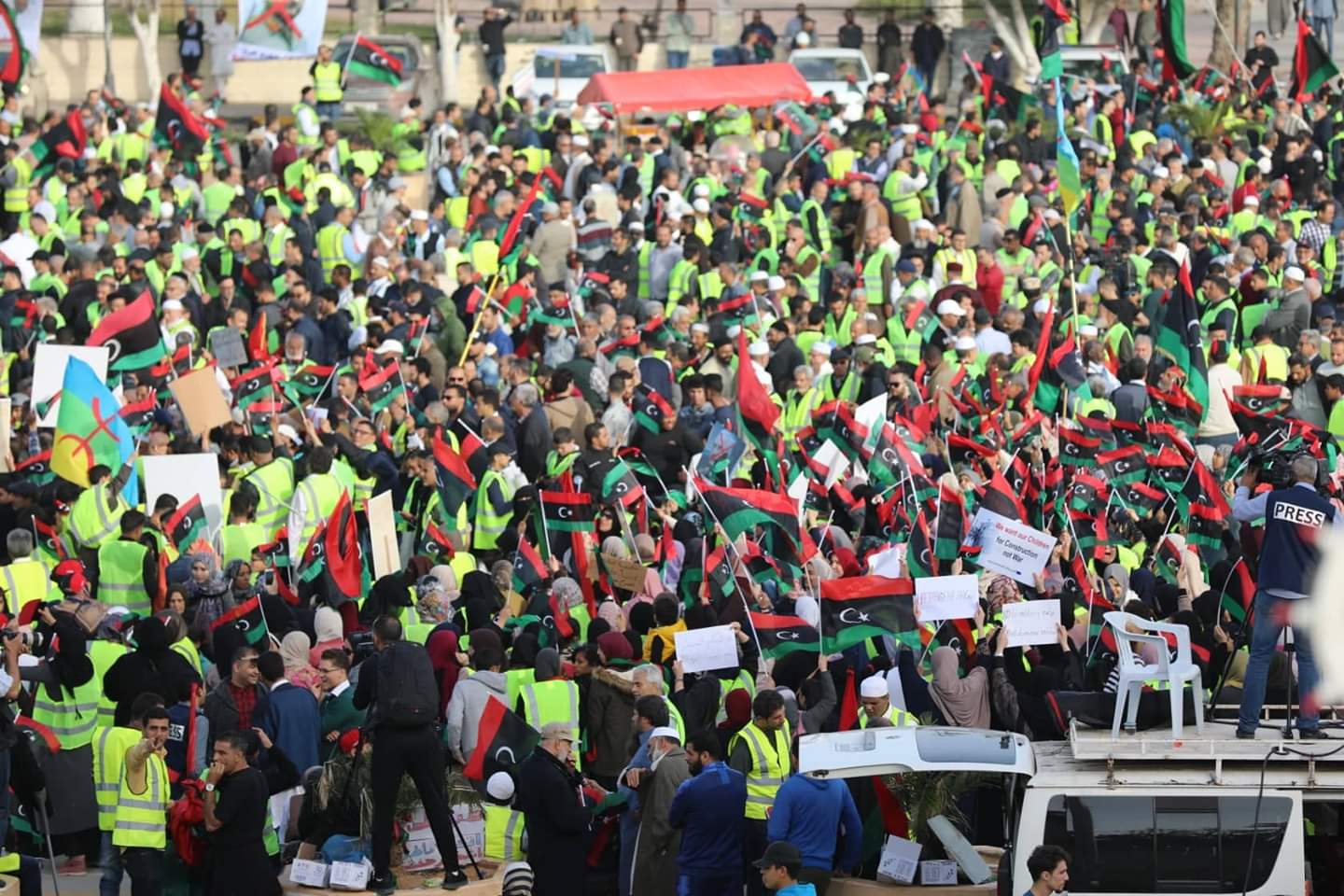By Sami Zaptia.
London, 19 April 2019:
The World Health Organization (WHO) reported that the death toll in the Tripoli fighting has now reached 213 dead and 1009 wounded. It said its medical teams continue assisting surgical staff across local hospitals. It reported that two more ambulances have been damaged and called on all parties to protect civilians, health workers and health facilities.
On the international stage, the UN Security Council fails to agree a resolution in closed session that calls for a ceasefire, as the USA and Russia block any consensual statement.
The Serraj Interior Ministry, meanwhile, has halted all cooperation with France in the security sector. This comes despite official confirmation of its support for the Serraj government.
On the fighting front, the pro-Faiez Serraj forces, recognized by the international community, claimed to have pushed the Khalifa Hafter-forces on a number of fronts. They claimed to have captured armoured vehicles from the retreating Hafter forces in Swani, Zahra and Aziziya.
They also claim that the Hafter forces have been forced to retreat from the Western Nefusa Mountain town of Gharian. If this is confirmed, this would be a strategic set back for the Hafter forces as Gharian is an important logistic point for supplies from the east and south.
Meanwhile, the UN Office for the Coordination of Humanitarian Affairs (OCHA) said that a significant number of civilians who were trapped were finally able to exit the Khalat al Furjan and Ain Zara areas in the south west of Tripoli on 17 April, accompanied by local evacuation teams.
This development came after interventions by the UN, advocating for safe passage of civilians from conflict-affected areas. Through this humanitarian corridor, first responder teams also assisted people who decided to remain in the affected areas to protect their assets.
The latest OCHA report said that nearly 27,000 individuals have been displaced since the start of the conflict. Besides the fighting, shelling and airstrikes, it indicated that the push factors driving people to leave the affected areas included the lack of key services and goods such as electricity and water.
The report said that on 18 April the humanitarian community launched a Flash Appeal to assist about 100,000 people including refugees and migrants affected by the conflict and in need of life-saving humanitarian assistance and protection. The UN’s humanitarian partners appealed for US$10.2 million to respond in a timely and effective manner.
The report also said that the Emergency Relief Coordinator allocated US$2 million from the United Nations Central Emergency Response Fund (CERF) to respond to the current emergency and ensure civilians receive timely life-saving assistance.
The report said that the situation continues to deteriorate for civilians in conflict-affected areas, with shortages of essential items such as food and bottled water due to widespread closures of stores and markets. Shortages of medicines and fuel were also reported.
Damage to the electrical grid was particularly severe in Al Aziziya and Swani bin Adam, where people reported power cuts of at least 16 hours per day and some reported 24-hour blackouts.
The risk of armed clashes and shelling also prevents residents from reaching essential goods and services in safer areas. Nearly 4,000 refugees and migrants remain in detention centres in conflict areas or in the proximity of hostilities.
It reports that 2,550 new internally displaced persons (IDPs) were identified in Garabulli, Msallata, Tajoura, Tripoli, Swani bin Adam, Siddi Assayeh and Zwara in the past 24 hours.
In total, nearly 27,000 individuals have fled their homes since the start of hostilities, with approximately 2,000 living in collective shelters set up by local authorities.
Most displaced people stay with family and in private accommodation in neighbourhoods and suburbs in Tripoli. Many IDP households remain in other areas of Tripoli close to the fighting, where they face continued risk of armed conflict, the report said.






